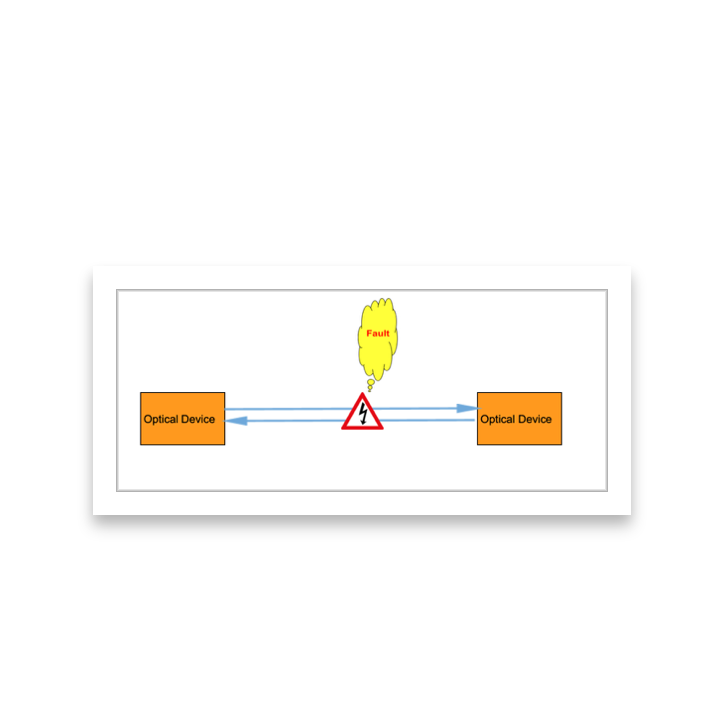We all know that during troubleshooting we look for detected fault, alarms, or performance parameters on the monitoring points and then correlate with other factors to conclude the root cause. Fault detection is the process of determining that a fault exists. Fault detection capabilities are intended to detect all actual and potential hardware and software troubles so that the impact on service is minimized and consistent with the reliability and service objectives.

Now let’s talk about what we are intended to discuss here.
In accordance with GR-474-CORE, a time period known as “soak time” is incorporated in the definition of a signal failure to allow for momentary transmission loss e.g from single transient events, and to protect against false alarms.
For transport entities, the soaking interval is entered when a defect event is detected and is exited only if either the defect persists for the soak time interval and a bona fide failure is declared, or normal transmission returns within the soaking time interval.

Also keep in mind that circuits do not use the soak timer, but ports do.
For example, the time period for DS3 signal failure entry/clearing is 2.5 ± 0.5 seconds and 10 ± 0.5 seconds
(more at https://mapyourtech.com/entries/general/what-is-the-soak-time-period-to-detect-los-on-a-port- )



